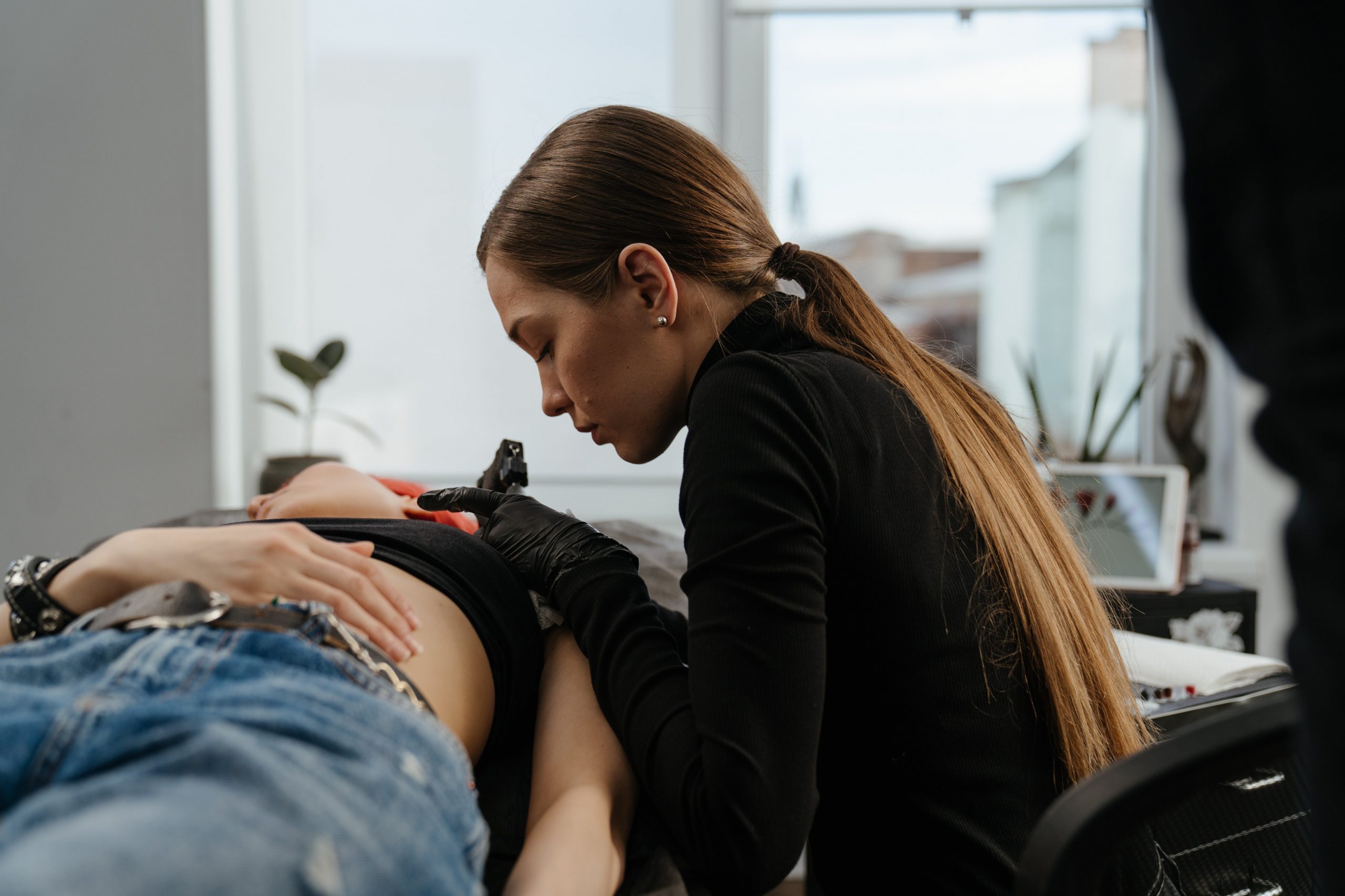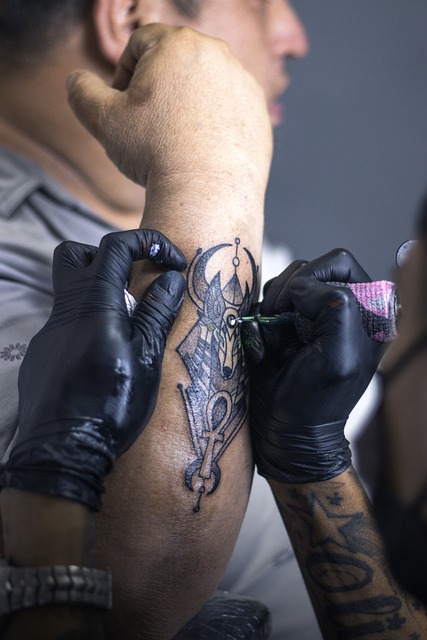If you’re planning to get a tattoo, you want the experience to be as painless and comfortable as possible. That’s where tattoo numbing cream comes in. By using a high-quality numbing cream, you can significantly reduce the pain and discomfort associated with getting inked, making the process much easier and more enjoyable.
In this blog post, we’ll explore the benefits of using tattoo numbing cream, how it works, and how to use it effectively. By the end of this article, you’ll know why tattoo numbing cream is your best bet for a smooth, pain-free tattooing experience. So, let’s get started!
Frequently Asked Questions About Tattoo Aftercare and Numbing Creams
If you’re considering getting a tattoo, it’s important to know how to prepare for the process and how to take care of your new tattoo afterward. Additionally, many people wonder about the safety and effectiveness of tattoo numbing creams. Here are some frequently asked questions about tattoo aftercare and numbing creams.
- How should I prepare for getting a tattoo?
- How should I take care of my new tattoo?
- What are tattoo numbing creams, and how do they work?
- Are numbing creams safe to use?
- How long does the numbing effect last?
What Is the Process of Using Tattoo Numbing Creams?
Tattoo numbing creams are typically applied to the skin before the tattooing process begins. The process usually involves the following steps:
- Clean the area: The tattoo artist will clean the area where the tattoo will be placed to ensure that it is free of dirt, oil, and bacteria.
- Apply the numbing cream: The artist will then apply a thin layer of numbing cream to the skin and cover it with a plastic wrap to help the cream penetrate the skin.
- Wait for the cream to take effect: The amount of time it takes for the cream to take effect can vary depending on the product used, but it typically takes around 20-30 minutes.
- Remove the cream: Once the cream has taken effect, the artist will remove the plastic wrap and wipe away any excess cream.
- Begin tattooing: The artist will begin the tattooing process, and the numbing cream will help reduce pain and discomfort during the process.
It’s important to note that while numbing creams can help reduce pain and discomfort during the tattooing process, they do not completely eliminate all sensations. Additionally, it’s crucial to follow the instructions provided with the numbing cream carefully to avoid adverse reactions or complications.
Different Types of Ointments for Tattoo Aftercare
Proper aftercare is essential for ensuring that your new tattoo heals properly and looks great for years to come. There are several different types of ointments and products that can be used for tattoo aftercare, but the two most commonly used are numbing sprays and numbing creams.
- Numbing Spray:
Numbing sprays are a type of topical anesthetic that can be used to reduce pain and discomfort during the tattooing process. They work by blocking nerve signals in the skin, numbing the area where the tattoo will be applied. Numbing sprays typically contain lidocaine or benzocaine as the active ingredient. They are easy to apply, and the numbing effect usually kicks in within a few minutes.
- Numbing Cream:
Numbing creams are a popular choice for tattoo aftercare as they can help reduce pain and discomfort during the tattooing process as well as during the healing period. They work by numbing the skin and reducing inflammation. Numbing creams typically contain lidocaine, prilocaine, or benzocaine as the active ingredient. They are easy to apply and provide long-lasting relief.
It’s important to note that while numbing sprays and creams can provide relief during the tattooing process, they should not be used as a substitute for proper aftercare. It’s crucial to follow the instructions provided by your tattoo artist or healthcare provider carefully to ensure that your tattoo heals properly and looks great for years to come.
When Should You Use a Numbing Cream?
Numbing creams can be used to reduce pain and discomfort during the tattooing process, but they are not always necessary or recommended. Here are some factors to consider when deciding whether to use a numbing cream:
- Location of the tattoo: Tattoos placed on sensitive areas such as the ribs, neck, or genitals may be more painful and may benefit from the use of a numbing cream.
- Pain tolerance: If you have a low pain tolerance, you may want to consider using a numbing cream to make the tattooing process more comfortable.
- Size of the tattoo: Larger tattoos may take longer to complete, and the prolonged pain and discomfort may be reduced with the use of a numbing cream.
- Artist recommendation: Your tattoo artist may recommend using a numbing cream based on their experience and the location of the tattoo.
It’s essential to follow the instructions provided with the numbing cream carefully and avoid using excessive amounts. Numbing creams should only be used when the pain is severe enough to require relief. Additionally, it’s important to note that numbing creams should not be used as a substitute for proper aftercare, which includes keeping the area clean and dry and using a recommended aftercare ointment.
Precautions to Consider
Getting a tattoo can be an exciting experience, but it’s essential to take proper precautions to prevent infection and ensure proper healing. Here are some precautions to consider:
- Cleanliness: Keeping the tattooed area clean and properly sanitized is crucial for preventing infection. Before applying any numbing lotion, spray, or ointment, make sure to wash the tattooed area with clean water.
- Hand hygiene: When cleaning the tattooed area, use only your clean hands and avoid using any other objects or materials that may be contaminated. Make sure to sanitize your hands thoroughly before touching the tattooed area.
- Sun protection: Direct sunlight can cause the tattooed area to fade and may delay the healing process. It’s essential to protect the tattooed area from the sun by wearing protective clothing and using a sunscreen lotion with a high SPF.
- Seek medical attention: If you experience any unusual symptoms such as fever, redness, or swelling, seek medical attention immediately.
It’s important to follow these precautions to ensure proper healing and prevent infection. Additionally, it’s essential to consult with your tattoo artist and healthcare provider for guidance on aftercare and the use of numbing creams or sprays.
In conclusion, getting a tattoo can be a painful experience, but the use of tattoo numb creams or sprays can help reduce pain and discomfort during the process. It’s important to consider factors such as the location of the tattoo, pain tolerance, and artist recommendation when deciding whether to use a numbing cream. However, it’s essential to follow precautions and proper aftercare to prevent infection and ensure proper healing. When using tattoo numbing creams, it’s crucial to follow the instructions carefully and avoid excessive amounts. Overall, tattoo numbing creams can be a useful tool for making the tattooing process more comfortable, but it’s important to consult with your tattoo artist and healthcare provider for guidance on proper aftercare and the use of numbing creams or sprays. So, if you are planning to get a tattoo, consider using tattoo numbing cream to make the experience more bearable and comfortable.


